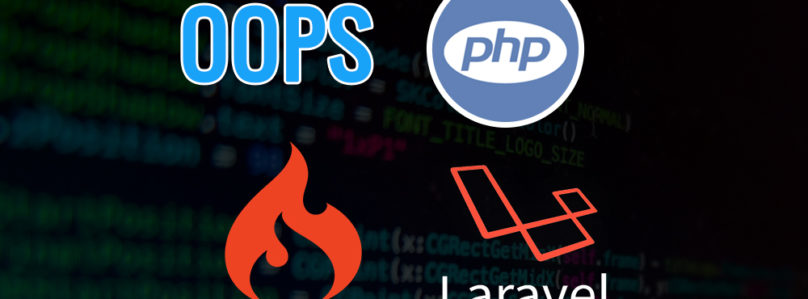
CodeIgniter
WHAT IS CODEIGNITER
For building a web application you spend a lot of time in writing the same code again and again. Frameworks provide you a starting block and minimize the amount of code needed to build a website.
CodeIgniter is PHP driven framework but it’s not a PHP substitute. Diving into CodeIgniter doesn?t mean you are leaving PHP behind. PHP is a server-side scripting language for building dynamic web-based applications.
CodeIgniter contains libraries, simple interface and logical structure to access these libraries, plug-ins, helpers and some other resources which solve the complex functions of PHP more easily maintaining a high performance. It simplifies the PHP code and brings out a fully interactive, dynamic website at a much shorter time. It supports PHP version of 5.2.6 or newer and MySQL version 4.1 or newer. It makes your web more robust and your code easier to read and maintain. It is a free toolkit, light weight and easier to install.
A person using CodeIgniter must be familiar with PHP. You need to have a good knowledge about PHP like its basic syntax and how it interacts with database and HTML.
WHY USE CODEIGNITER
CodeIgniter is an open-source, easy-to-use platform that simplifies the PHP syntax and makes it approachable. Here are some of the exceptional features that make CodeIgniter the preferred choice for web app development framework.
1. MVC Architecture
CodeIgniter framework is based on Model-View-Controller. Model-View-Controller (MVC) is a website design architecture or pattern that is leveraged during the execution of entire web development process. This design structure helps to divide the entire application into three linked sections, enabling a platform for the developers that perform prospect customizations and upgradations without any impediment.
• Model – Model is the lowest level in the structure and is responsible for maintaining the data.
• View – At the View level, the users are presented with the data.
• Controller – Controller forming the topmost level ensures both the above levels are liked.
2. Easy to Install
Unlike other web development frameworks like Symphony, Zend, and UNIX, CodeIgniter framework can be easily installed. This means you can easily upload all your files to the directory and commence with your web development project. In cases where you require changes, CodeIgniter makes installation easier for you, preventing possible issues.
3. Form Validations
Form validation is a crucial most feature in the process of building web applications. It helps to attain reliable data in an appropriate format. However, CodeIgniter simultaneously makes the form validation task a breeze for the developers. It also enables custom validation using the PHP framework.
4. Inbuilt Security Tools
Eliminating slashes while recovering the data from the database is a general practice. CodeIgniter includes an inbuilt security tool to view it in default settings. The default settings then resolve the database issues by disabling the runtime directives that boot up when you insert a query. The wide availability of such features makes it even easier for developers to execute the process of web application development.
5. Error Handling
Developers that leverage CodeIgniter to provide custom web application development services avail access to the error reports while resolving the errors after production. This particular feature offers support for saving the debugging messages as the text files. It does this by rendering instructions to the error-logging class.
CODEIGNITER SYLLABUS
- Initial Setup and Configuration
- First CI Application
- CodeIgniter URLs, URI Routing
- Reserved Names
- Auto Loading Functions
- Form Handling
- Helper Functions
- Database
- Active Record Class
- Session handling
- Email Class
- Image Manipulation Class
- Pagination Class
- Caching
- Cart Class
- Encryption Class
- User Agent Class
- Zip Encoding Class
- Project